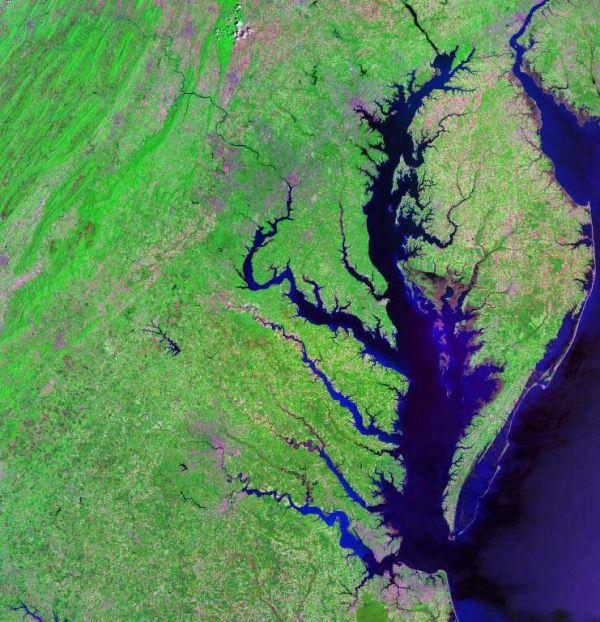Last week, the Fiscal Year 2019 Trump Administration budget was released, and with it came the proposal to reduce funding for the EPA's Chesapeake Bay Program by 90 percent. According to the Bay Journal,
The Trump Administration is proposing to spend $7.3 million on the Chesapeake Bay Program next year. That's $7.3 million more than it proposed in last year's budget when it called for eliminating it and the EPA's other regional water quality programs."

Since 1983, the EPA has been the lead federal partner with the states in reducing pollution to the Chesapeake Bay. Efforts to implement the Chesapeake Clean Water Blueprint by 2025 have been accelerated in the last eight years, according to the Chesapeake Bay Foundation, but this budget proposal could derail those efforts.
The Chesapeake Clean Water Blueprint came about in 2010. The EPA released enforceable pollution limits for nitrogen, phosphorous, and sediment pollution in the Chesapeake Bay, and the six Bay states, Delaware, Maryland, New York, Pennsylvania, and West Virginia, and the District of Columbia, released their plans to meet those limits by 2025. The Blueprint aims to do three things:
- ensures everyone shares in the responsibility for cleaning up our waterways.
- sets two-year, incremental pollution-reduction goals (known as milesotnes) to keep progress on track.
- imposes consequences for failure, ensuring states and localities will meet their responsibilities.
William C. Baker, president of the Chesapeake Bay Foundation, issued a statement following the announcement of budget cuts.
"The Chesapeake Bay Program is the glue that holds the state/federal partnership together. A cut of this magnitude would severely damage Bay restoration efforts, just at a time when we are seeing significant progress.
"Today, pollution is down. Jobs have been created, human health protected, and local economies improved. The dead zone is getting smaller; crabs, oysters, and underwater grasses are rebounding.
"But the Bay is far from saved. A budget cut of this magnitude would kill that progress.
"Bay restoration efforts have a long history of bi-partisan support. CBF will work with the region's Congressional delegation to push for full funding for the Bay Program."
As of yet the budget has not been finalized and many feel that Congress will not support the proposed cuts. Stay tuned for updates.
In other news, the Maryland DNR recently released the the
Chesapeake and Atlantic Coastal Bays Trust Fund 2018 annual report. Maryland Governor Larry Hogan has fully funded the Trust Fund for the last three years. $52.9 million has been invested in the Fund, $23 million of which will aid local communities meet their nutrient and sediment reduction goals.
 Since 1983, the EPA has been the lead federal partner with the states in reducing pollution to the Chesapeake Bay. Efforts to implement the Chesapeake Clean Water Blueprint by 2025 have been accelerated in the last eight years, according to the Chesapeake Bay Foundation, but this budget proposal could derail those efforts.
The Chesapeake Clean Water Blueprint came about in 2010. The EPA released enforceable pollution limits for nitrogen, phosphorous, and sediment pollution in the Chesapeake Bay, and the six Bay states, Delaware, Maryland, New York, Pennsylvania, and West Virginia, and the District of Columbia, released their plans to meet those limits by 2025. The Blueprint aims to do three things:
Since 1983, the EPA has been the lead federal partner with the states in reducing pollution to the Chesapeake Bay. Efforts to implement the Chesapeake Clean Water Blueprint by 2025 have been accelerated in the last eight years, according to the Chesapeake Bay Foundation, but this budget proposal could derail those efforts.
The Chesapeake Clean Water Blueprint came about in 2010. The EPA released enforceable pollution limits for nitrogen, phosphorous, and sediment pollution in the Chesapeake Bay, and the six Bay states, Delaware, Maryland, New York, Pennsylvania, and West Virginia, and the District of Columbia, released their plans to meet those limits by 2025. The Blueprint aims to do three things: